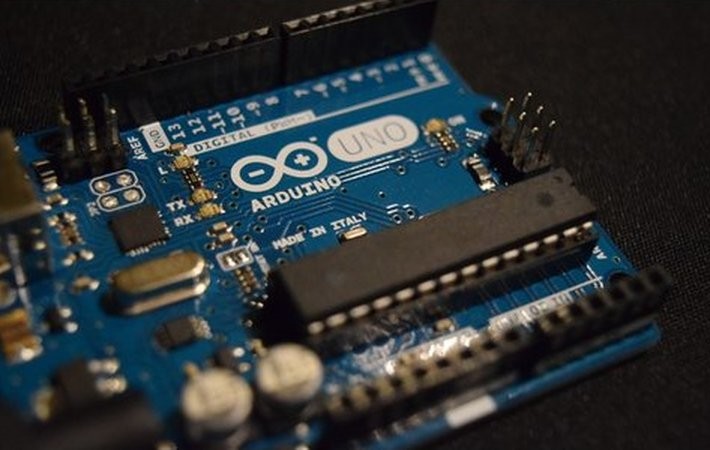
Published on 12/15/2016 | Strategy
With projections that 6.4 billion devices will be connected by the end of 2016, a 30% increase from 2015, we are fast approaching the point where every device will be connected. “Our device is connected” or “Internet of Things enabled” will no longer count as a value proposition, it will be a base expectation. With this commoditization will come a need for businesses to find new avenues for value creation and capture, new business models. The current IoT business models are borrowing from the traditional retail product or even software-as-a-service subscription models. Even, according to ZPRYME Research, incumbents in the industries that will be most affected by device connectivity expect their business models to change.

Old models
The basic business models that currently exist in the IoT and IIoT space are
Retail sales (the Nest model): Equipment or device manufacturer expends its own money or raises financing to build products which are then sold to customers. The equipment or device manufacturer only captures value during that one transaction, the expectation is that there is a positive margin between revenue and expenses and that customers will buy more of the same product or more products. See my view on its own money or raises financing to build products which are then sold to customers. The equipment or device manufacturer only captures value during that one transaction, the expectation is that there is a positive margin between revenue and expenses and that customers will buy more of the same product or more products. See my view on that here.
Product lease/Subscription (GE model): Instead of selling the machine/device, the vendor leases the product to the customer. This has been around for ages, see your Comcast cable box for example.
It’s imperative that new businesses and startups should explore new models for value creation and capture. The new business models will stem from the increased interactions afforded by IoT and IIoT (Industrial IoT) devices. There are four elements to the interactions;
1. the device owner/user (a person)
2. the connected machine or device
3. flow of data between the person and connected device/machine
4. improvements to the performance of the person and connected device from the analysis of the data.
Interactions between the four elements provide more combinations of value provision and value capture.
Revenue from Industrial Insights: This is one of the models GE is providing through its Predix Virtual Power plant platform. For example; a startup serving power plants or utilities (say a predictive analytics startup) does not need to rent a turbine to be able to provide failure prediction to the utility. GE, by open sourcing its virtual plant (the cloud in the image above), generates additional revenue from the data. Additional revenue is captured through the use of insights, gleaned from data gathered from the machine/device, to make a service quality promise. This promise could be in the form of machine failure prevention or real-time machine performance improvements. The customer pays at an agreed upon frequency.
2. Capturing value from human factors, analysis and machine interaction: An example will best serve here. Some business models can lie at the intersection of the 4 elements above; A technician (Element 1 in the interaction) is augmented by Artificial Intelligence (Element 2) through a smart device like the Proxxi Safety Band (Element 3) during power line maintenance (Element 4). There is a business model where a customer pays for insights drawn from the interactions. In the case of Proxxi (image below) the device keeps the technician safe by alerting him/her and the control room when unsafe conditions are detected. Call it pay-per-warning.
3. Revenue from personal insights: Continuing the example above, with the four interacting elements, there is a business model that is an open and collaborative application platform where a platform (say Fitbit) makes some or all of their data open source and an external party can pull anonymized data and generate insights for the community. Apple is working on this model with Aetna, a partnership announced in a press release declaring
Aetna’s iOS-exclusive health apps (within the Apple Watch) will aim to simplify the healthcare process through a number of features, including: ..Care management and wellness, to help guide consumers through health events like a new diagnosis or prescription medication with user-driven support from nurses and people with similar conditions.
The aggregate data from the collective goes to improve the health conditions of one individual.
While the personal connected device/IoT market seems to be struggling right now, there is some value to be created and captured as the industry matures and better use cases are defined. On the other hand, the IIoT space is seeing a convergence in interest from the customers and clear use cases that provide value.
We no longer have to be confined to the traditional business models because we have increased interactions between more elements. We made the mistake of copying thenewspaper design when we transferred text to the web. Let’s avoid stifling the IoT and IIoT opportunities because of our own lack of creativity. We can
What new business models do you see in the IoT/IIoT space?
We no longer have to be confined to the traditional business models because we have increased interactions between more elements. We made the mistake of copying thenewspaper design when we transferred text to the web. Let’s avoid stifling the IoT and IIoT opportunities because of our own lack of creativity. We can
What new business models do you see in the IoT/IIoT space?